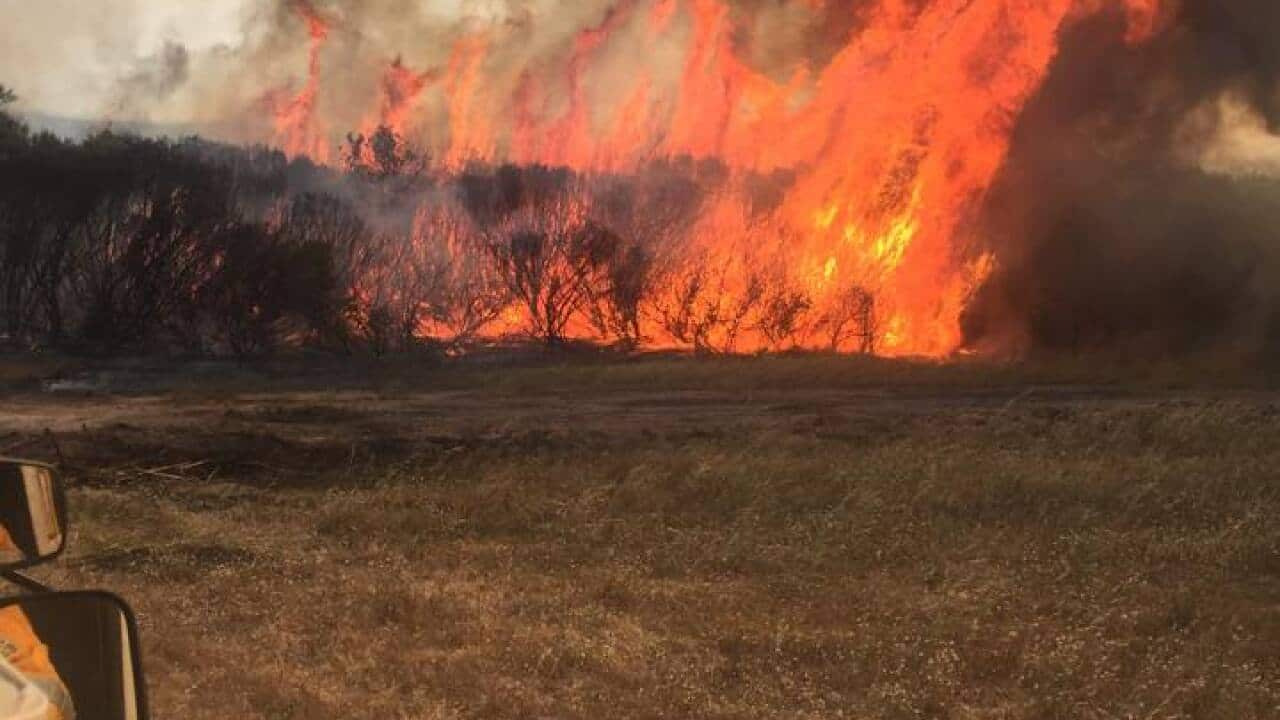Australia is being warned firefighter numbers will need to double by 2030 if it is to stand a chance against severe bushfire seasons.
Longer and earlier fire seasons in both the US and Australia mean the seasons will begin overlapping, putting a strain on shared firefighting equipment and manpower, a says.
A larger Australian population and more infrastructure will also mean there needs to be a bigger professional firefighting force, doubling numbers to 20,000 in 2030, the study says.
Speaking at the launch of the report in Melbourne, Climate Council councillor Lesley Hughes said the global length of the fire season increased almost 19 per cent from 1978 to 2013.
Related reading

WA fire hero a 'gentle soul' and 'legend'
This lengthening and subsequent overlapping between southern and northern hemisphere fire seasons would put significant pressure on resources such as aircraft.
Professor Hughes said each year Australia deployed 120 fire aircraft nationally, many leased from international companies.
"This works well only when our fire seasons don't overlap," she told reporters on Thursday.
Professor Hughes said Australia was facing the same conditions that led to more than 50,000 bushfires sparking across the United States this year.
Professor John Handmer from the Centre for Risk and Community Safety at Melbourne's RMIT told SBS News high winds and dry weather could combine to create catastrophic fire conditions.
He said if the fuel level on the ground was dry, a "very windy day will dry that further...and the wind will really drive the fire".
Professor Handmer said this year Victoria, South Australia and Western Australia had been particularly susceptible to extreme fire events due to "extremely hot weather and winds coming in from inland...which makes it very dry and makes fuel very susceptible to burning".
He said while previously Australia's worst fire came after Christmas when summer was at its height, now fires were becoming more common earlier in the year.
Related reading

WA bushfires claim at least four lives, three homes
Victorian firefighter Steve Watts said firefighter fatigue would become a real issue as fire seasons lengthened.
As countries exchange firefighters during alternative seasons, Australia will need to look at increasing numbers of people on ground to manage fatigue.
"As long as people are getting good down time when they come back (from the northern hemisphere) and good rest periods ... it will be up to individuals," Mr Watts said.
The distribution of firefighting resources, particularly aviation resources like helicopters and fire bombing aircraft, would also be an issue as they were very expensive to use, Professor Handmer said.

